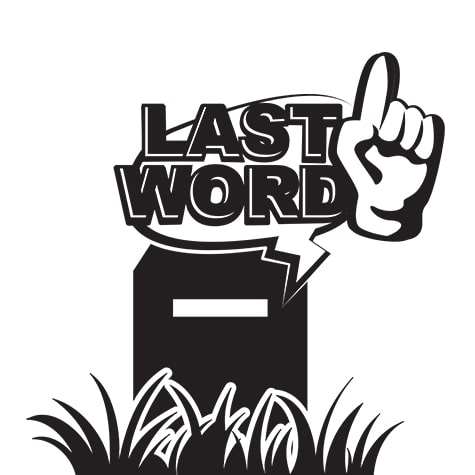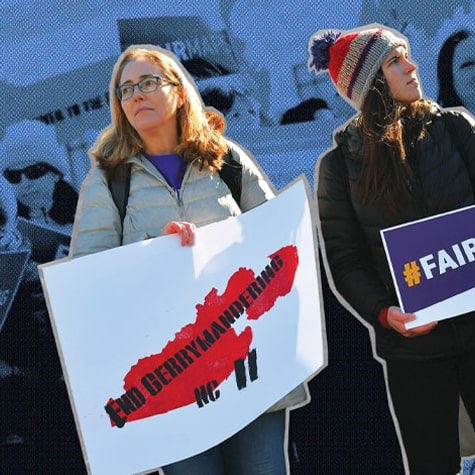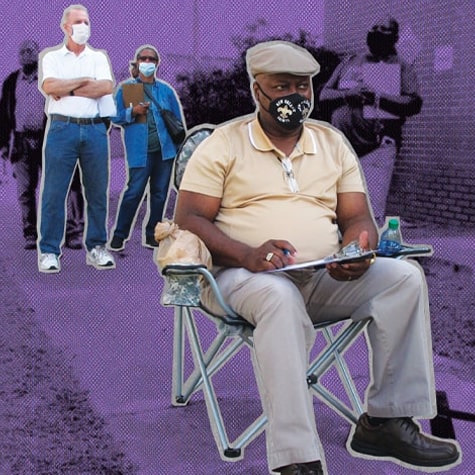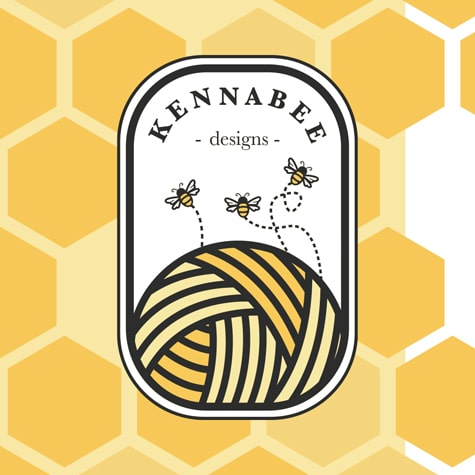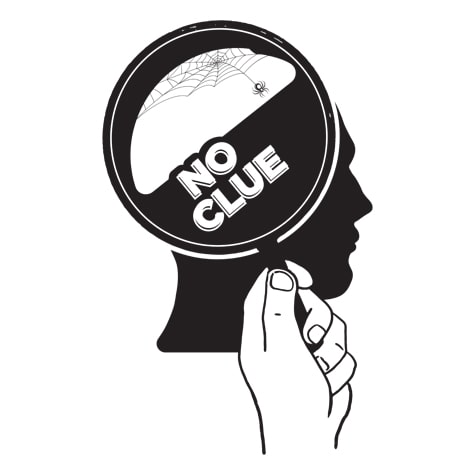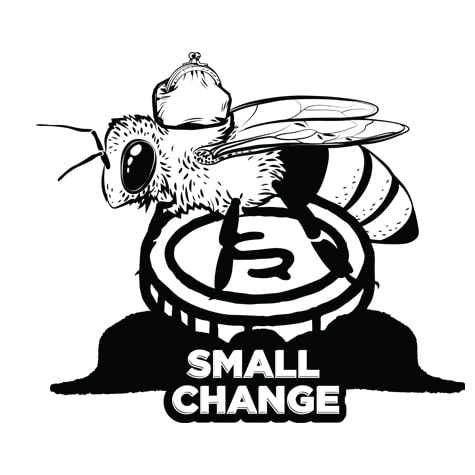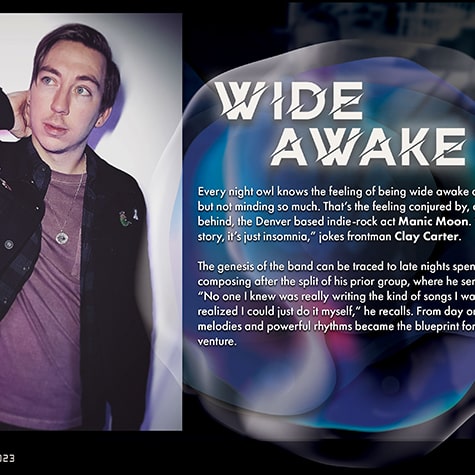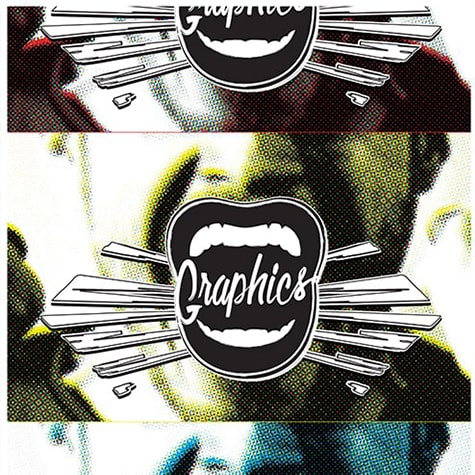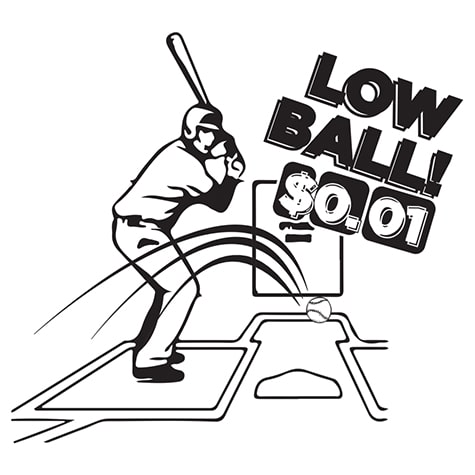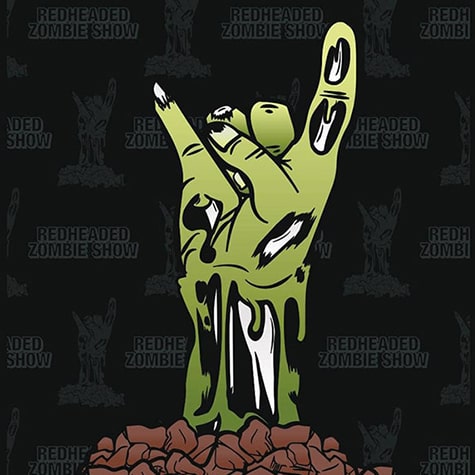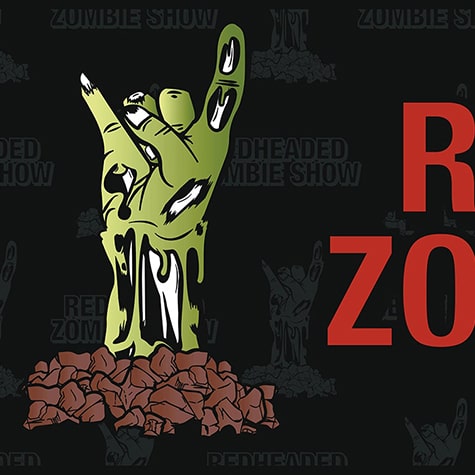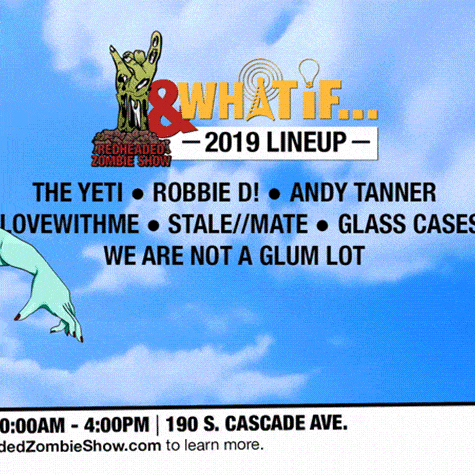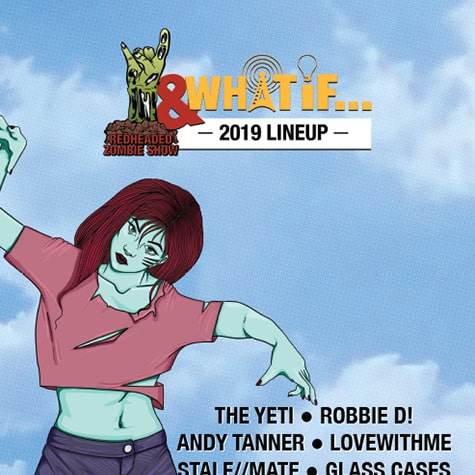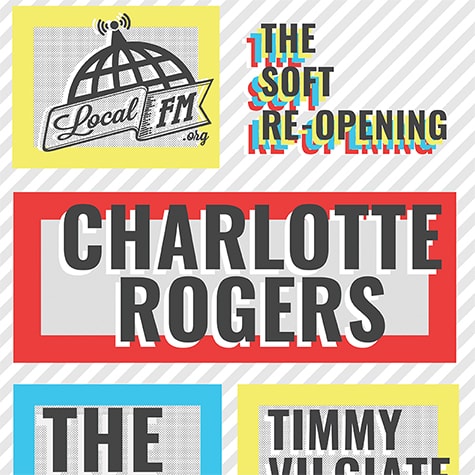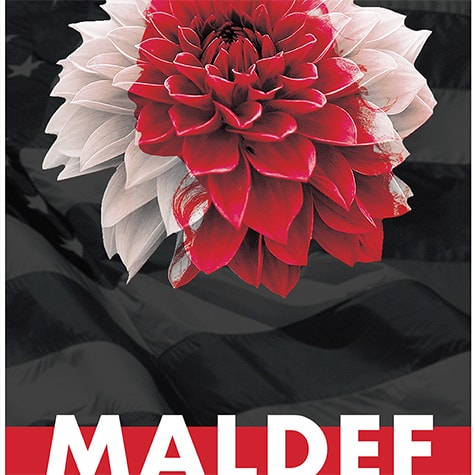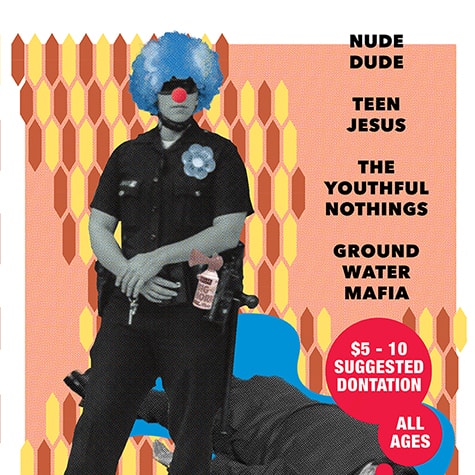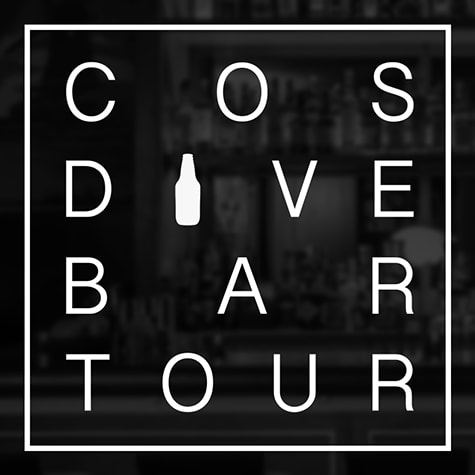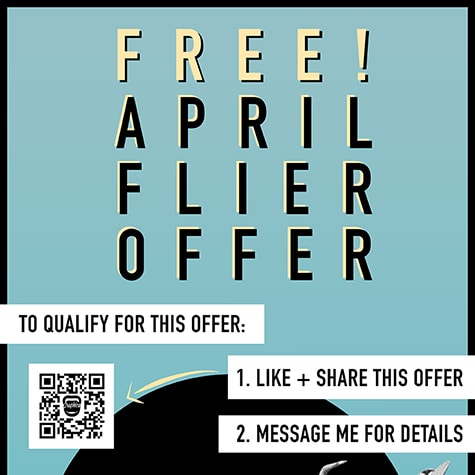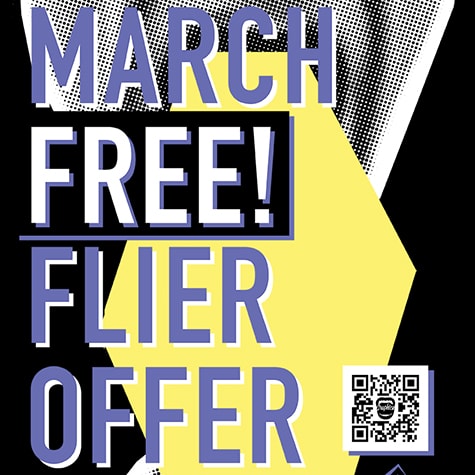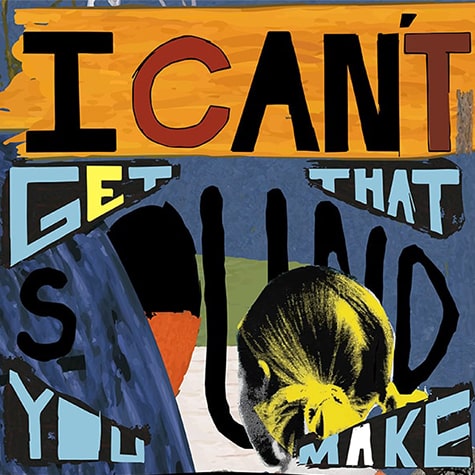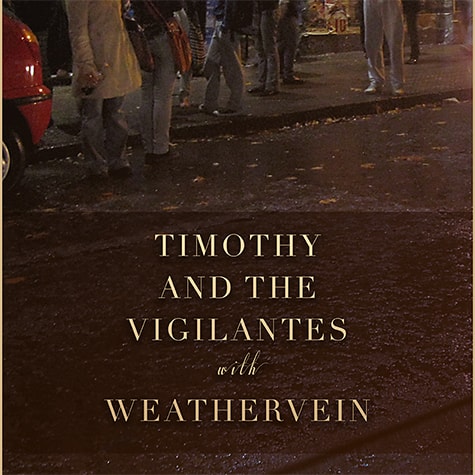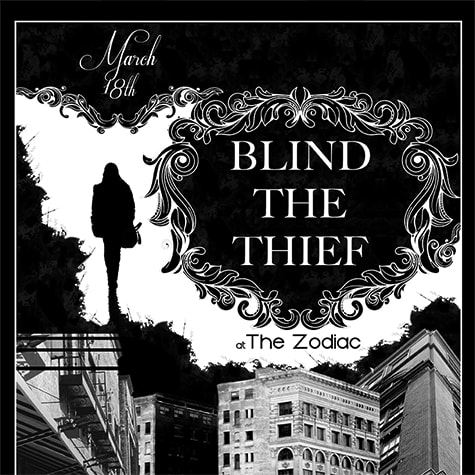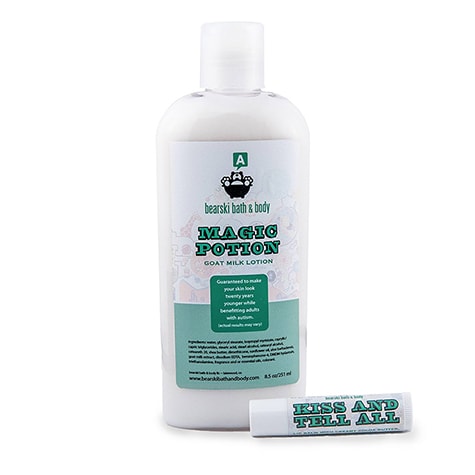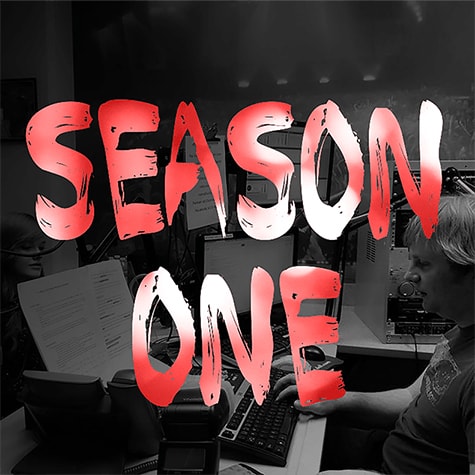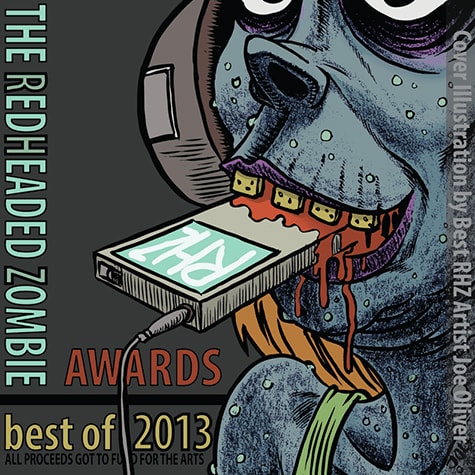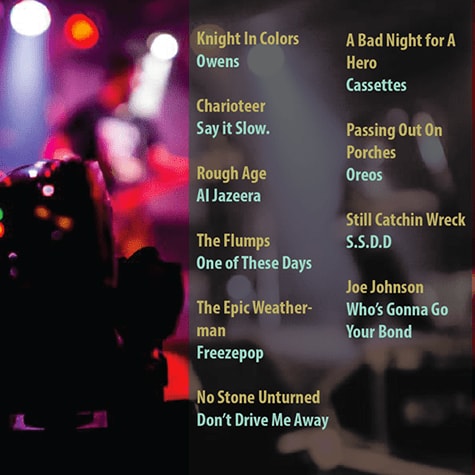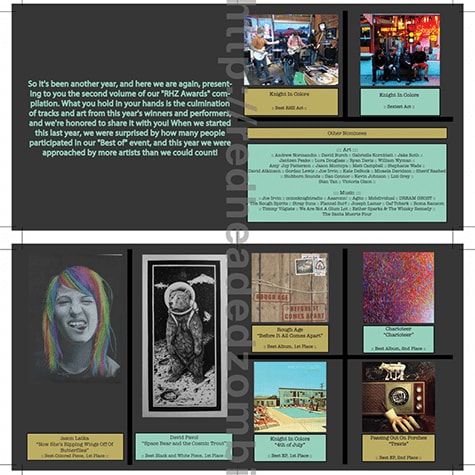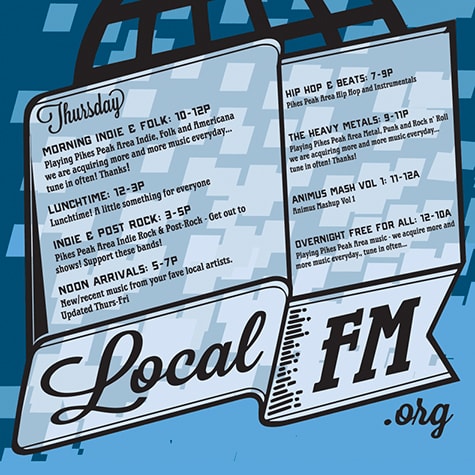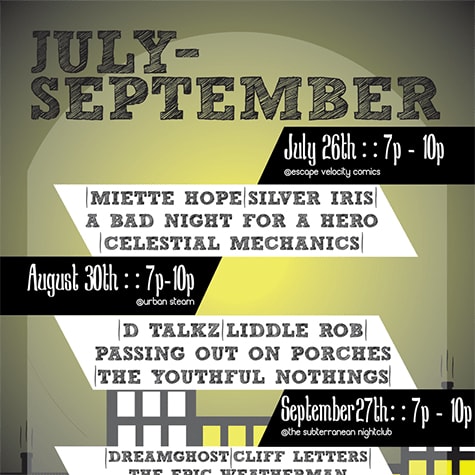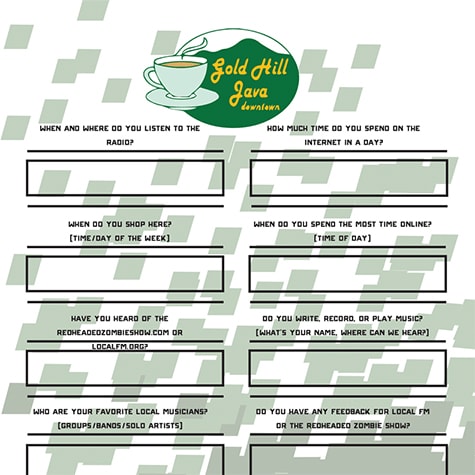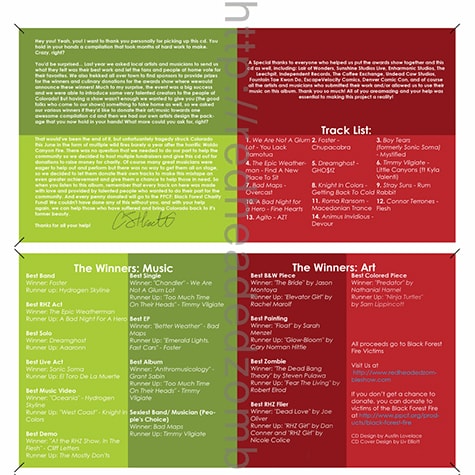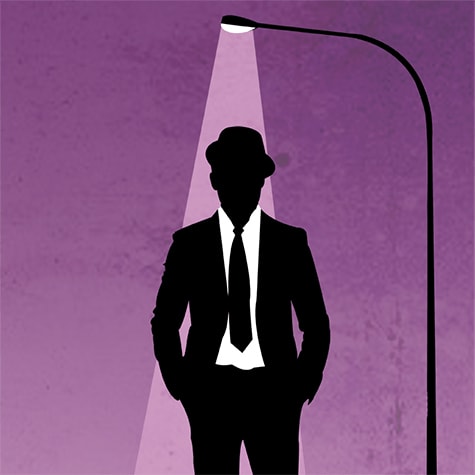
I Got Scammed
and Here's How They Did It
July 30, 2025
There’s a common misconception that freelancers don’t bother applying for jobs on LinkedIn. After all, if we’re self-employed, why spend time on job boards, right? The truth is, many of us are looking. Some are looking for in-house roles, others for solid contract gigs. I’m one of them. If you’ve spent any time scrolling through LinkedIn’s listings, you know that freelance and contract positions (I-9s) are posted right alongside W-2 opportunities.
Recently, I accepted one of those contract roles. If the title of this post hasn’t tipped you off yet, it didn’t go well.
The Setup
To start, the person who posted the job was impersonating someone else. I won’t refer to them by name, since the name I was given turned out to be false. As for the individual they were impersonating, I won’t name them either—they don’t deserve to be dragged into this.
The job was listed as a 10-month contract for a new gallery called Sparkle n’ Splash Studios. The business was a new gallery space. After years of making a living selling oil paintings, I would be working with an artist who was opening a permanent gallery space. I’d be responsible for the branding. The role came with a weekly retainer for up to 40 hours of work. I was told the first paycheck would arrive via email, then I'd move to direct deposit.
Everything seemed legitimate on the surface. The work came in steadily for two weeks. I created a logo, customer acquisition offers, customer retention offers, and a full business proposal. I delivered low-res versions of each until I was paid. I got feedback, made edits, and stayed in close contact. I even ran the job offer and payment paperwork past a friend in HR. Everything checked out on paper.
I put in 45 hours building a solid design system. At the end of week two, I let my client know I had room to take on more. He asked if I could help out with some clerical tasks while he finished hiring. I agreed, within reason.
The Red Flags
The clerical work started small: picking up prints and dropping off mail. My first payment arrived, via email, as promised. The payment included a bit more than my retainer to help with the extra tasks. So far, so good. These errands didn’t have inherent monetary value to my client, and I was happy to help.
Then came the first major red flag. One of the design assets I created was a customer acquisition offer. New customers who bought a painting would get a $100 Target gift card. At a price point of $1,000–$2,000 per painting, the offer made sense. My client told me he wanted to send out seven offers and claimed Target would only allow him to purchase $500 in gift cards. This does happen. Gift card purchases are often capped by large retailers as a way to prevent money laundering. He asked if I could buy the remaining $200 in cards.
I refused.
This is a Fake Check Scam
These scams usually unfold in one of two ways, but both begin the same: you're sent a check (via email or mail). What many don’t realize is that standard paper checks—unlike cashier’s checks—take at least two business days to fully clear. In the meantime, your bank will make funds available and remove any “pending” label, giving you a false sense of security.
Scammers use this window and this poor communication to their advantage.
In one version, they ask you to buy office supplies from specific vendors. In reality, the vendors are fake or affiliated with the scammer, and the money goes right back to them. No legitimate company sends you money up front for supplies. They will either buy them for you or reimburse expenses you've documented.
In my case, I was asked to convert funds into gift cards. Gift cards are untraceable, non-refundable, and once sent, the money is gone. The check bounces, the scammer pockets the gift card codes, and you’re left holding the bag.
I knew better. I only knew better because I fell for the first version of the scam two years ago. I lost $500. I wasn’t about to repeat the mistake. Sure enough, the check bounced. I hadn't spent a dime of it, but my loss was 45 hours of my time.
It's More Than Me
Unfortunately, I believe scams like these are becoming a standard risk in freelance work. They’re getting more sophisticated and harder to detect. This scammer kept up the illusion for three full weeks. He faked hiring documents, faked onboarding, faked real assignments, and provided frequent communication. All this before the first red flags reared their ugly heads.
Three weeks of effort for $200 in Target gift cards? That’s only worth it if this is happening on a larger scale, with more victims than just me. Freelancers, keep your guard up. Vet your clients. Trust your instincts. And when something feels off, speak out.
Let’s look out for each other.
read more
click anywhere to close










